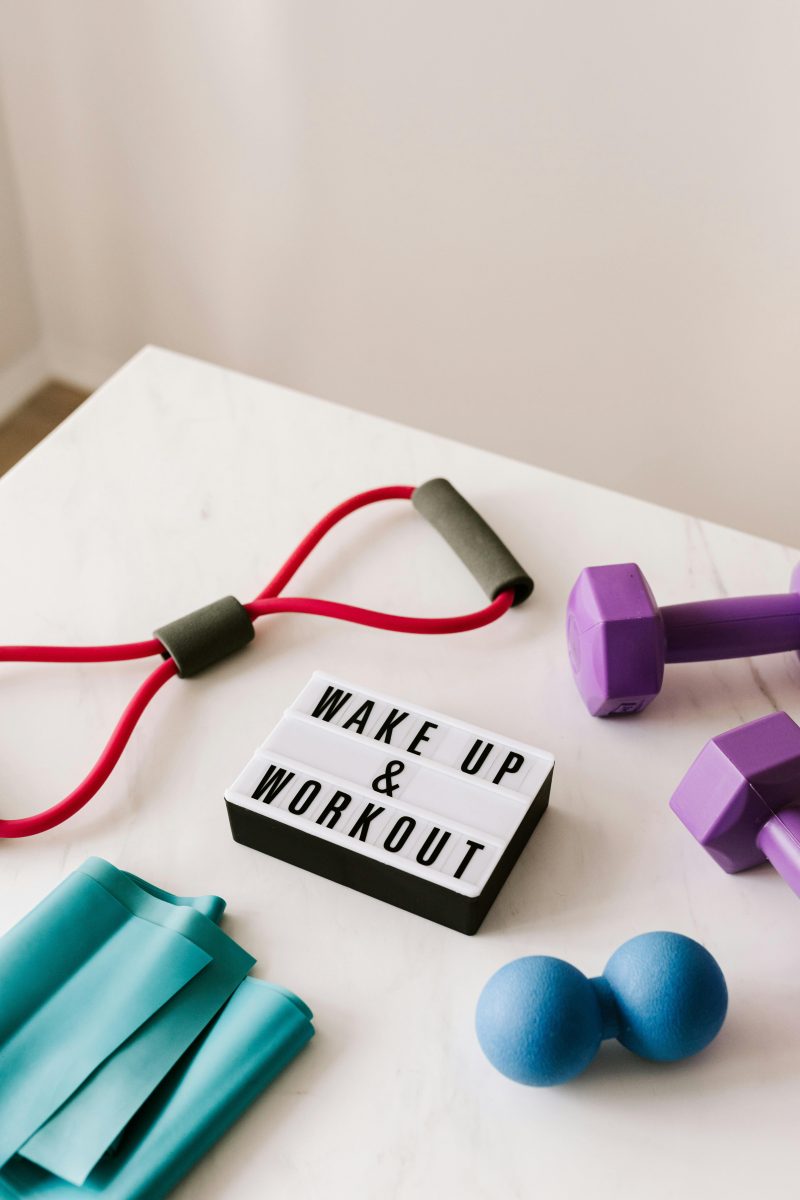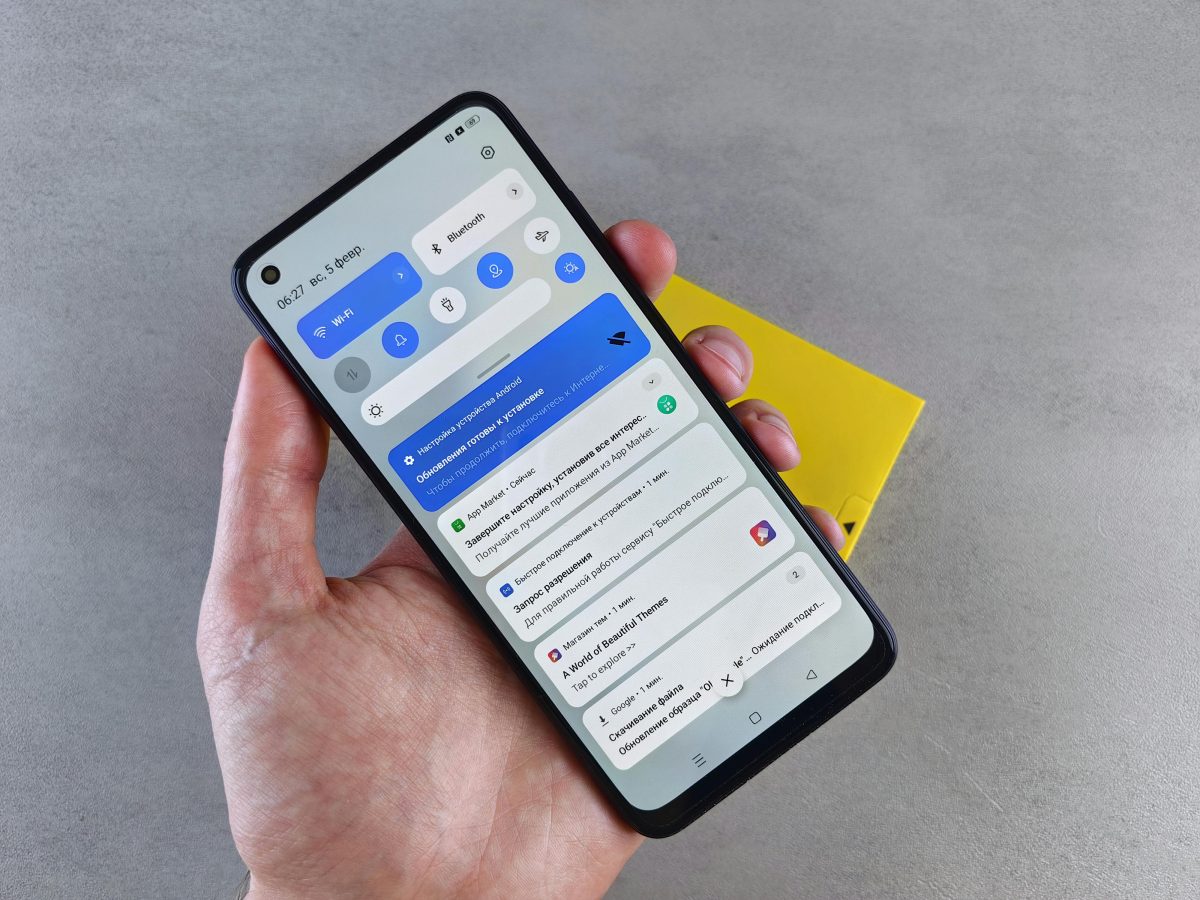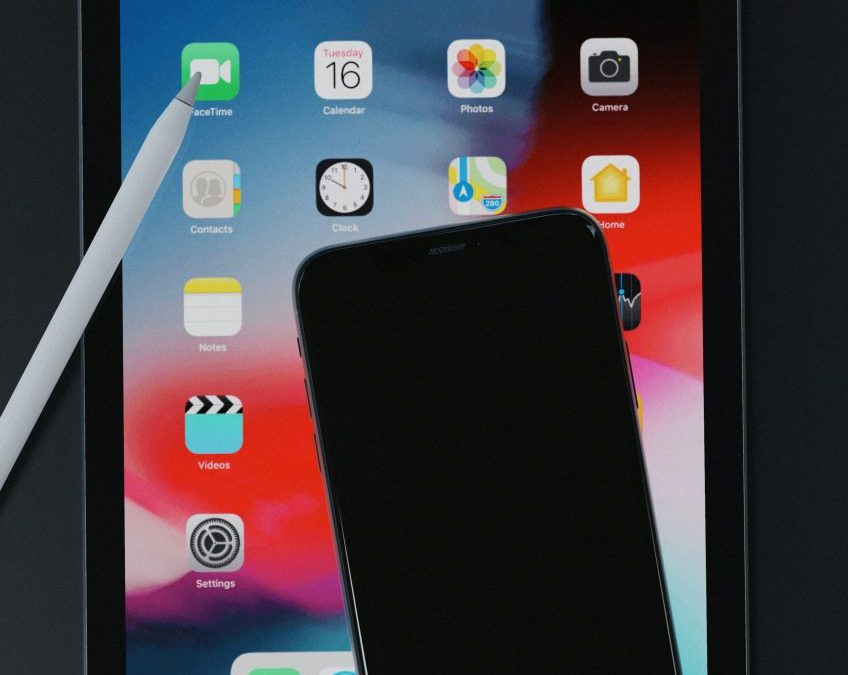Last Updated on: 14th July 2024, 09:37 am
Introduction to Personalized Fitness Tracking
At the heart of achieving your fitness goals lies the power of personalization. Tailoring your fitness tracker settings to your unique needs not only enhances motivation but also paves the way for more effective workouts. Common features in these devices, such as heart rate monitoring, step counting, and sleep tracking, serve as the foundation. Yet, it’s the customization of these features that unlocks their full potential.
- Imagine a fitness journey where every piece of data is a stepping stone towards your personal best. This is the promise of personalized fitness tracking.
- By adjusting settings to match your specific goals, whether it’s running a marathon or improving sleep quality, you create a path that’s uniquely yours.
- The potential for improved results through customization isn’t just a possibility—it’s a reality.
With each adjustment, your fitness tracker becomes more than a gadget; it becomes a personal coach, guiding you towards your ultimate fitness aspirations.
Understanding Your Fitness Tracker’s Capabilities
Diving deeper into the capabilities of your fitness tracker reveals a treasure trove of data waiting to be harnessed. From the number of steps you take to the rhythm of your heart and the quality of your sleep, these devices track a wide array of vital health metrics. Each piece of data offers insights, guiding you towards a healthier lifestyle.
- Customizable features bring a new level of personalization to your fitness journey.
- Imagine tailoring your device to alert you when it’s time to hydrate or setting goals for daily steps that challenge you just enough to keep motivated.
- Staying updated with software enhancements can unlock hidden features, ensuring your device grows with you.
By understanding and utilizing the full range of your fitness tracker’s capabilities, you transform it from a simple gadget into a cornerstone of your health and fitness regimen.
Setting Realistic Fitness Goals

Embarking on a fitness journey begins with understanding where you stand. Assessing your current fitness level and lifestyle provides a solid foundation. It’s about knowing your starting point to map out a path that’s both challenging and achievable.
- Setting goals that stretch you but remain within reach is an art.
- These objectives should inspire you, pushing you forward without setting you up for disappointment.
- Your fitness tracker is a companion on this journey, offering a clear, unbiased view of your progress.
Ultimately, the journey to fitness is deeply personal. It’s about setting goals that resonate with you, leveraging technology to stay on track, and embracing the journey’s ups and downs.
Customizing for Your Specific Fitness Activities

Every fitness activity, from running to swimming, demands its unique set of metrics for accurate tracking. Customizing your fitness tracker to cater to these specific activities ensures that you’re not just collecting data, but actionable insights tailored to your regimen.
- Accuracy in activity tracking is paramount. It’s the difference between training for a marathon with precision versus running blindly.
- By tailoring your device settings to the nuances of your chosen activity, you ensure that every step, stroke, or pedal is accounted for accurately.
- The distinction between indoor and outdoor activities cannot be overstated. Recognizing these differences and adjusting your tracker accordingly can significantly enhance the accuracy of your data.
Ultimately, the goal is to make your fitness tracker work for you, molding it to fit your lifestyle and activities. By customizing settings for each specific activity, you not only gain more accurate data but also a deeper connection with your fitness journey.
Optimizing Alerts and Notifications for Motivation

Optimizing alerts and notifications on your fitness tracker is akin to fine-tuning a musical instrument. It’s about striking the perfect chord between motivation and information overload. Setting up motivational alerts, such as move reminders or goal achievements, can serve as gentle nudges or celebratory cheers, guiding you closer to your fitness aspirations.
However, the key lies in balance. Too many notifications can quickly become overwhelming, diluting their intended motivational impact. It’s crucial to find that sweet spot where each alert feels like a personal coach’s encouragement, not a nagging obligation. This balance ensures that motivation remains high without tipping into annoyance.
Personalizing messages for encouragement adds another layer of effectiveness. Imagine your device cheering you on with messages that resonate with your personal journey. “Great job! Only 1,000 steps to today’s goal!” can feel much more motivating than a generic reminder. This personal touch transforms your fitness tracker into a companion that understands and supports your unique journey.
Ultimately, the art of optimizing alerts and notifications lies in customization. Tailoring these settings to your personal preferences and goals ensures that each beep, buzz, or flash of your screen adds value to your fitness journey. It’s about making technology work for you, turning your fitness tracker into an invaluable ally on the path to wellness.
Integrating with Other Health Apps and Devices

Unlocking a holistic view of health, integrating your fitness tracker with other health apps and devices can be transformative. It allows for a comprehensive understanding of your well-being, connecting the dots between various aspects of your health. This integration can lead to a more informed approach to fitness and lifestyle choices, enhancing your overall health journey.
Popular apps like MyFitnessPal, Strava, and Apple Health, along with devices such as smart scales and blood pressure monitors, can enrich your fitness tracker’s data. They provide layers of information that, when combined, offer a fuller picture of your health. For instance, syncing your dietary intake from a nutrition app with your activity data can reveal the balance between calories consumed and expended.
To ensure seamless integration:
- Choose apps and devices that are compatible with your fitness tracker.
- Utilize platforms that allow for automatic syncing of data to avoid manual entry.
- Check privacy settings to control what information is shared between services.
- Regularly update all connected apps and devices to maintain smooth functionality.
By following these tips, you can create a synergistic network of health data. This network not only simplifies the tracking process but also empowers you with knowledge, leading to more informed decisions and personalized strategies for achieving your fitness goals.
Analyzing and Adjusting Based on Data

Mastering the art of reading and interpreting data from your fitness tracker is akin to unlocking a secret map to your wellness journey. Each heartbeat, step, and hour of sleep tracked is a piece of the puzzle, revealing patterns and insights into your health. Learning to decipher this data is the first step towards making informed adjustments to your fitness plan, ensuring that every effort is aligned with your goals.
But when is it time to tweak your settings, and when should you stay the course? The answer lies in the data itself. A plateau in progress or a consistent mismatch between goals and outcomes signals the need for change. Perhaps it’s increasing your daily step target to challenge your endurance or adjusting sleep alerts to improve rest quality. These informed adjustments are pivotal, transforming static numbers into dynamic, actionable insights.
Yet, change for change’s sake is not always the answer. Consistency breeds results. When the data reflects steady progress towards your goals, it’s a sign to maintain your current settings. Trust in the process, allowing the cumulative effect of small, daily victories to propel you forward.
In essence, the dance between sticking with your settings and changing them is a delicate one. It requires attentiveness, patience, and a willingness to listen to what the data tells you. By doing so, you ensure that your fitness tracker is not just a passive observer but an active participant in your journey to wellness.
In Closing
Personalization is key to fitness success. It transforms challenges into victories, making every step count. By customizing your fitness tracker, you embark on a journey that balances ambition with achievable goals, turning data into actionable insights. Embrace this tailored approach to unlock your full potential and step confidently towards a healthier future. Let your personalized fitness tracker be the companion that guides you to your personal best.
Personalizing Your Fitness Tracker Settings for Better Results FAQs
Yes, many fitness trackers can be connected to other health apps, expanding their functionality. This integration allows for a more comprehensive view of your health by combining data like nutrition, exercise, and even sleep from multiple sources. Check your tracker’s settings or app for options to link with other apps, enhancing your ability to track and analyze your health data comprehensively.
Yes, you can customize your fitness goals on your tracker through its accompanying app or website. Most trackers allow you to set goals for steps, calories burned, distance traveled, and active minutes. Adjusting these goals to match your personal fitness objectives can make your tracker a more effective motivational tool.
To increase the battery life of your fitness tracker, reduce the frequency of notifications and syncs, lower the screen brightness, and turn off unnecessary features like continuous heart rate monitoring or GPS when not in use. These adjustments can significantly extend the time between charges. Regularly updating your tracker’s software can also optimize battery usage, as updates often include battery performance improvements.
Adjusting the step length on your fitness tracker can usually be done in the device settings or the companion app. By accurately setting your step length, the tracker can more precisely calculate the distance you’ve walked or run. This adjustment is crucial for improving the accuracy of your fitness data and ensuring your goals are based on reliable metrics.
To ensure your fitness tracker is accurately measuring your heart rate, wear it snugly above your wrist bone, as loose wear can cause inaccurate readings. Clean the sensor area regularly and check that the device’s firmware is up to date for optimal performance. For activities where it’s hard to keep a wrist tracker stable, consider using a chest strap paired with your device, if compatible, for more accurate heart rate monitoring.
To set up your fitness tracker for the first time, follow the manufacturer’s setup instructions, usually found in the product’s manual or app. This process typically involves charging the device, downloading the corresponding app, and creating an account. Customizing settings like your personal profile, goals, and notifications will help tailor the device to your fitness journey.
You should sync your fitness tracker with its app at least once a day. Regular syncing ensures that your activity data is up to date and allows you to review your progress in the app. Additionally, syncing frequently can help keep the tracker’s firmware updated, ensuring you have access to the latest features and improvements.
Yes, it’s possible to change the display settings on your fitness tracker, typically through the device itself or its companion app. You can customize what information is displayed and how it’s shown, such as clock faces, widgets, and workout data. Tailoring these settings can make your tracker more personal and convenient to use during your daily activities and exercise routines.
The best way to track sleep with a fitness tracker is to wear it to bed, ensuring it’s snug but comfortable on your wrist. Most modern trackers automatically detect sleep, analyzing patterns such as duration, quality, and restlessness. For more accurate sleep tracking, ensure your health profile is up to date and calibrate your tracker’s settings if available.
If your fitness tracker is not accurately tracking your activities, first ensure it’s worn correctly as per the manufacturer’s guidelines. Next, check if the device needs recalibrating or updating through its app. Sometimes, manually logging activities or adjusting your stride length in the app can also improve accuracy.
Orlando is a all round athlete from Australia, now resident in Germany. His sports of passion of American Football(Offensive line), weight training and indoor rock climbing where he uses his 195cm wing span to his advantage.



